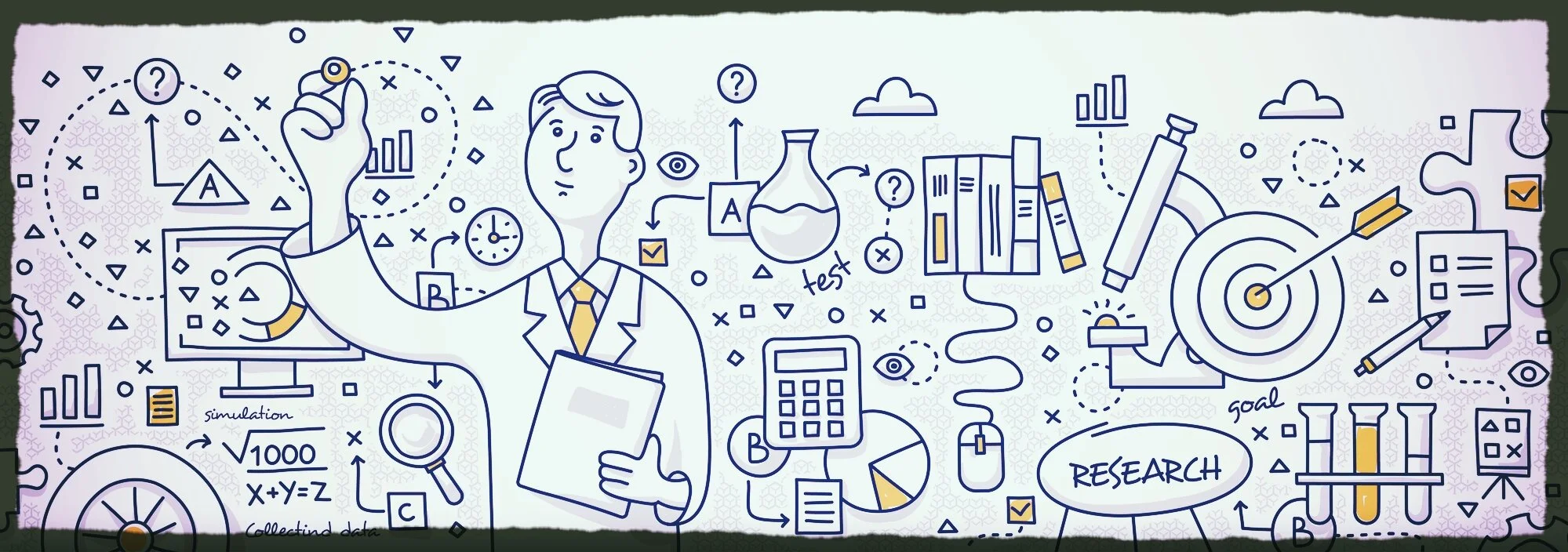Last year I wrote two FORBES articles* that highlighted some of the more significant cyber statistics associated with our expanding digital ecosystem. In retrospect, 2021 was a very trying year for cybersecurity in so many areas. There were high profile breaches such as Solar Winds, Colonial Pipeline and dozens of others that had major economic and security related impact. Ransomware came on with a vengeance targeting many small and medium businesses. Perhaps most worrisome was how critical infrastructure and supply chain security weaknesses were targeted and exploited by adversaries at higher rates than in the past.
Read MoreIn the U.S., most of the critical infrastructure, including defense, oil and gas, electric power grids, health care, utilities, communications, transportation, education, banking and finance, is owned by the private sector (about 85 percent according to DHS) and regulated by the public sector. The public and private relationship in operating and protecting critical infrastructure requires a strong working partnership.
Protecting the critical infrastructure poses a difficult challenge because democratic societies by their nature are interactive, open and accessible. Because of the growing digital connectivity (and interdependence) of both IT and industrial control systems, critical infrastructure is facing an evolving and sophisticated array of cybersecurity challenges.
Read MoreArtificial intelligence has emerged as the defining technology of our era, as transformative over time as the steam engine, electricity, computers, and the Internet. AI technologies are approaching or surpassing human levels of performance in vision, speech recognition, language translation, and other human domains. Machine learning (ML) advances, like deep learning, have played a central role in AI’s recent achievements, giving computers the ability to be trained by ingesting and analyzing large amounts of data instead of being explicitly programmed.
Read MoreLarge scale change has never been easy. Nearly three decades ago, leadership guru Dr John Kotter reported that 70% of all major change efforts in organizations failed. Just a couple years later, the late Dr. Michael Hammer estimated a 70% failure rate for the radical reengineering efforts. Now, that transformational efforts are often driven by technology, the recent success rate is equally bleak according to research by BCG. The root cause of failure with large scale digital change is captured by George Westerman’s first law of digital transformation, which states that: Technology changes quickly, but organizations change much more slowly.
Read MoreElon Musk’s Neuralink reminds us of what is possible in the age of Artificial Intelligence - do you know who you are?
Read MoreThe cornerstone of collaboration is based on knowledge transfer; sharing of research tools, methodologies and findings; and sometimes combining mutual funding resources to meet shortfalls necessary to build prototypes and commercialize technologies.
Collaborations often involve combinations of government, industry and academia who work together to meet difficult challenges and cultivate new ideas. A growing trend for many leading companies is creating technology specific innovation centers, labs, and foundries to accelerate collaboration and invention.
Read MoreThe potential for low-code/no-code platforms is enormous. Low-code increases the productivity of IT developers — sometimes by several orders of magnitude. And no-code empowers experts and subject matter experts primarily on the business or operations side (as opposed to IT) to become “citizen developers.” But as I explained in a previous article, low-code and no-code platforms are not a panacea; they face challenges.
Read MoreThere has been more than a modicum of buzz around what IDC calls intelligent process automation and what Gartner calls hyperautomation. In both cases, these terms refer to the integrated deployment of digital technologies such as robotic process automation (RPA), intelligent business process management suites (iBPMS), artificial intelligence, process mining, etc. Integrating digital technologies is far from a new concept. MIT and Deloitte advocated this approach back in the day when everyone was focused on social, mobile, analytics, and cloud (SMAC).
Read MoreIn 2007, statistician Nassim Nicholas Taleb defined “Black Swan” as an event that “is an outlier,” as it lies outside the realm of regular expectations. Black Swans by that definition are mostly unforeseen, rare, and can be created by geo-political, economic, or from other unexpected events.
Read MoreThis is Lars Wood’s only published paper, invited to appear in the proceedings of the first IEEE workshop on FPGAs for Custom Computing Machines in 1993. This paper is significant in that it demonstrates the expanse of FCCM computing using a non-numerical paradigm for numerical computations within a completely asynchronous optoelectronic machine. This paper is referenced as prior art for patents in the space, including one for interconnected optoelectronic FPGAs. The paper is considered a vision statement for FCCM in 1993. View original published paper in IEEE COMPUTER SOCIETY DIGITAL LIBRARY.
Read MoreArtificial Intelligence is probably the most complex and astounding creations of humanity yet. And that is disregarding the fact that the field remains largely unexplored, which means that every amazing AI application that we see today represents merely the tip of the AI iceberg, as it were. While this fact may have been stated and restated numerous times, it is still hard to comprehensively gain perspective on the potential impact of AI in the future. The reason for this is the revolutionary impact that AI is having on society, even at such a relatively early stage in its evolution.
Read MoreWith advancements in deep tech, the operationalization of machine learning and deep learning models is burgeoning in the machine learning space. In a typical scenario within organizations involving machine learning or deep learning business cases, the data science and IT teams collaborate extensively in order to increase the pace of scaling and pushing multiple machine learning models to production through continuous training, validation, deployment and integration with governance. Machine Learning Operations (MLOps) has carved a new era of the DevOps paradigm in the machine learning/artificial intelligence realm by automating end-to-end workflows.
Read MoreThe analyst community is having a field day with hype around “low code.” IDC has predicted that there will be more and more low code used and that the worldwide population of low-code developers will grow with a CAGR of 40.4% from 2021 to 2025. Gartner predicted that low code will increase nearly 30% from 2020 to reach $5.8 billion in 2021. Forrester has also jumped on the low-code hype wagon and forecasted that by the end of 2021, 75% of application development will use low-code platforms.
Read MoreAI systems are constantly evolving. Machine learning models learn from data and experience, and once they are released into the real world, they need to continually be monitored, tested, and retrained on an ongoing basis. It also needs to be created with ethical and responsible frameworks in place.
Read MoreOrganizations of all sizes are embracing AI as a transformative technology to power their digital transformation journeys. Still the challenges around operationalizing AI at scale can still seem insurmountable, with a large number of projects failing.
Read MoreIn the US, one in five children are living with a diagnosable behavioral health disorder; however, only 21% of those children who are diagnosed receive needed treatment. Often, parents have to wait one to three years to receive a proper and accurate diagnosis and an individualized treatment plan for their child.
Read MoreAgriculture and farming is one of the oldest and most important professions in the world. Humanity has come a long way over the millennia in how we farm and grow crops with the introduction of various technologies. As the world population continues to grow and land becomes more scarce, people have needed to get creative and become more efficient about how we farm, using less land to produce more crops and increasing the productivity and yield of those farmed acres.
Read MoreAs technology evolves at a rapid rate – especially technology that incorporates artificial intelligence (AI) capabilities – so too does the potential for bias, disconnect, misuse of data, and the automation of impersonal actions or decisions. With the vast amounts of data collected, stored, and exchanged, capitalist societies risk the commoditization of personal data at the expense of the individual, instead of using personal data to foster valuable individual and societal relationships.
Read MoreIt's an AutoML World. The world of AutoML has been proliferating over the past few years - and with a recession looming, the notion of automating the development of AI and Machine Learning is bound to become even more appealing. New platforms are available with increased capabilities and more automation. The advent of AI-powered Feature Engineering - which allows users to discover and create features for data science processing automatically - is enabling a whole new approach to data science that, seemingly, threatens the role of the data scientist. Should data scientists be concerned about these developments? What is the role of the data scientist in an automated process? How do organizations evolve because of this new-found automation?
Read MoreThat the world has become a more dangerous place is no surprise to anyone who follows the cybersecurity industry. More devices, more data and more surface area, unfortunately, means more vulnerabilities to attack. I’ve been investing in the cybersecurity space for more than 20 years, and I’ve never seen the market move faster than it is changing today.
Read More



















